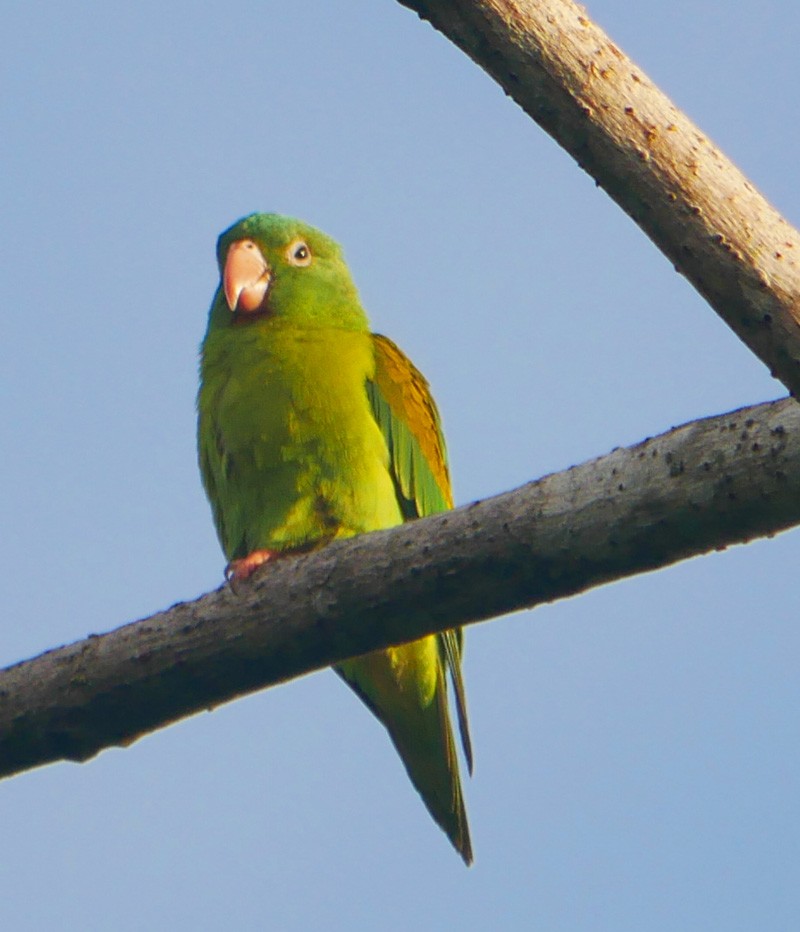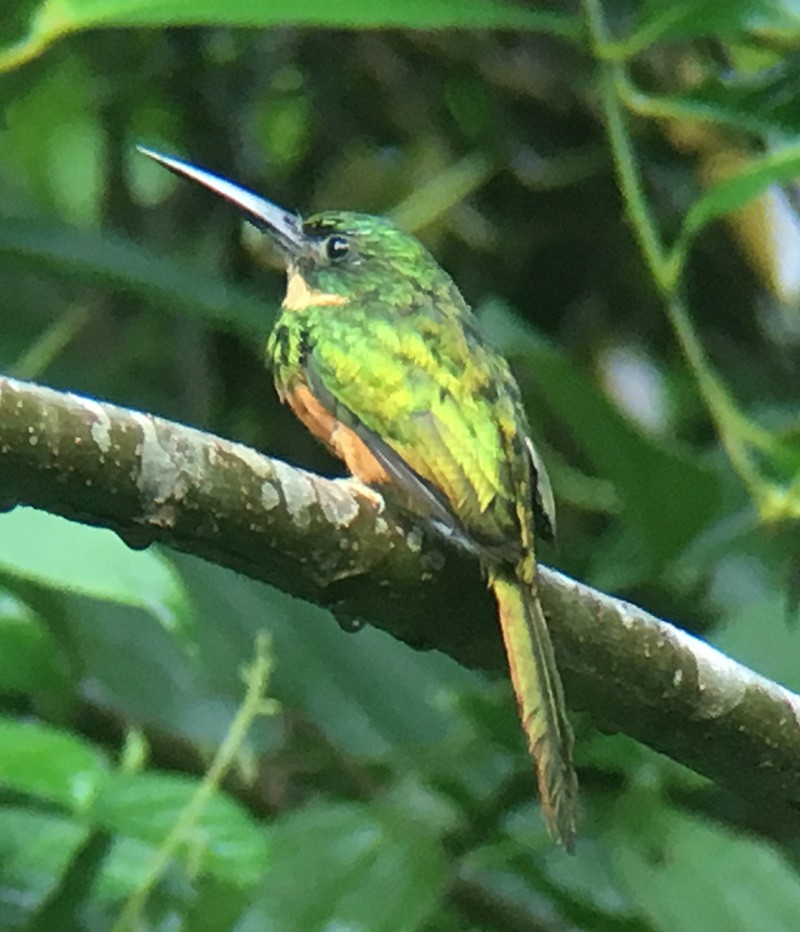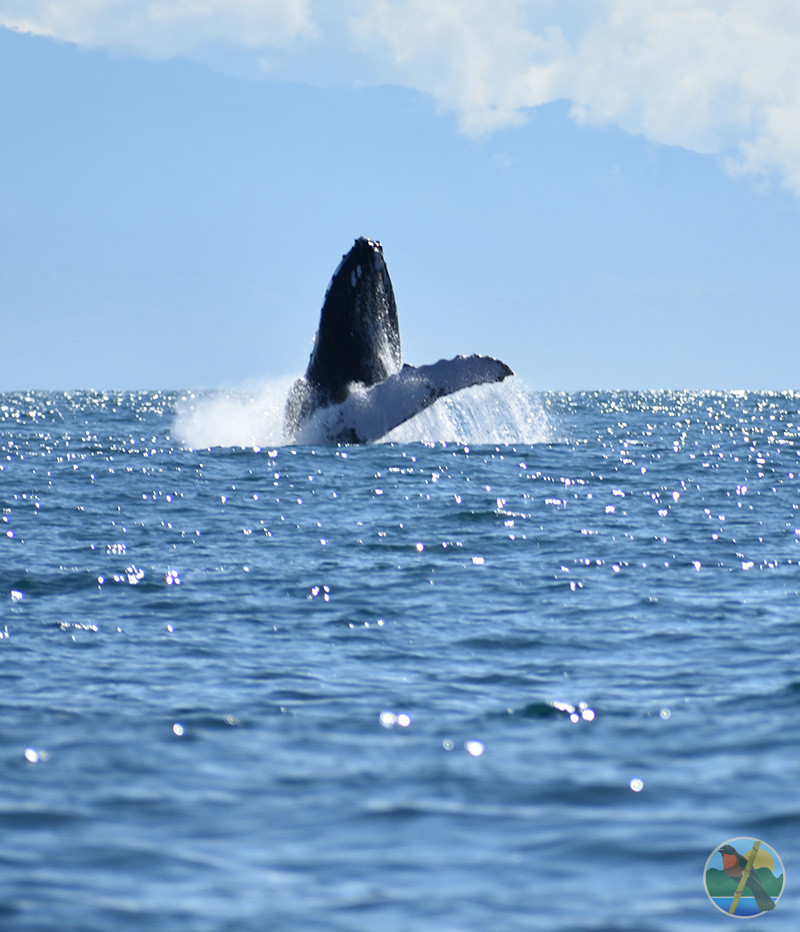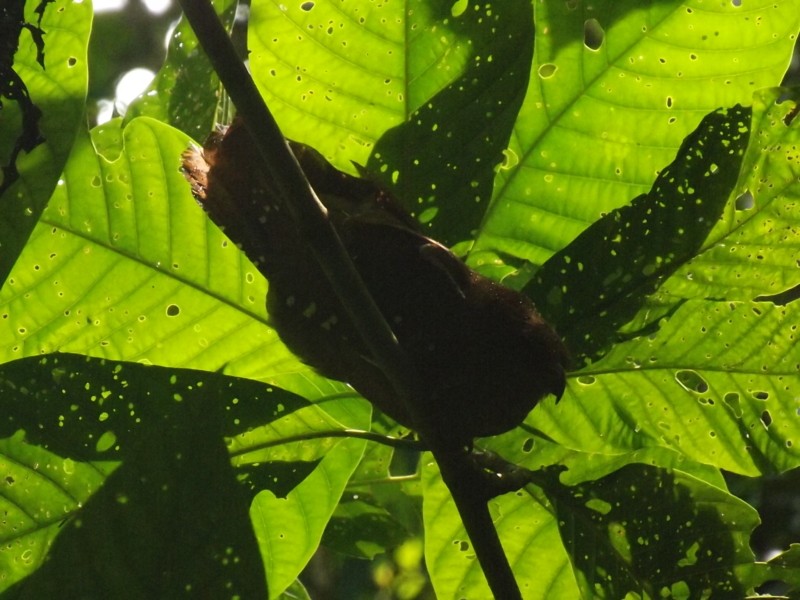
Two Wings of a Bird: Birdwatching and Mindfulness
Hello readers, Walter and Tobi Sanchez of Drake Bay Birdwatching here. We are honored today to be sharing with you this guest blog post from author Larry Cammarata, Ph.D, clinical psychologist specializing in mindfulness-based psychotherapy and mind-body medicine, and Director of Education of Mindfulness Travels. Mindfulness Travels provides educational retreats to inspiring places throughout the world with leaders in the field of mindfulness and mindful movement. We hope you enjoy it, and would love for you to share it with your community.
About 10 years ago, I took my first guided birdwatching tour in the Osa Peninsula of Costa Rica. Prior to seeing the many birds of this tropical paradise, what struck my awareness was the beauty of the birdsongs that seemed to fill the sky. At first, my ears couldn’t distinguish one bird from another. All of that changed when the distinctive cries of two scarlet macaws were identified by our nature guide. Since being able to identify the unique sounds of those ‘flying rainbows’ (as the guide informally called them), the world of birdwatching has opened up for me.

Birdwatching and Mindfulness
As a long-term practitioner and instructor of mindfulness, I quickly made a connection between the activity of birdwatching and mindfulness. The practice of mindfulness involves actively remembering to direct your awareness to present-moment experience, which is easier said than done—that’s why it’s called a “practice”. If you were to sit quietly with your eyes closed—or open—for 5 minutes, chances are that your mind would encounter many experiences. Thoughts about the day’s tasks, a nagging bodily discomfort, mental judgments, making future plans, and remembering past scenes from your life would likely fill the landscape of your mind. Over time, the practice is likely to reveal much more than the distractions that obscure your capacity for seeing things clearly. This can open up the field of perception to experiencing yourself, others,
and the environment in very vivid ways.
The Practice of Mindfulness
The practice of mindfulness trains you to be present to ongoing experiences, which are often sensory in nature when you focus your awareness outside of the stream of thoughts that inhabit the mind. Attitudes such as openness, acceptance, curiosity, and kindness are integrated into the practice. A mindful experience of the present-moment is not about controlling or avoiding experiences, even unpleasant ones. When you greet all experiences with a sense of openness and acceptance, there are no enemies to vanquish, only reality to embrace. Mindfulness can be practiced informally while engaged in everyday activities (e.g., birdwatching or washing dishes) and formally through mindfulness meditation.
I’ve found that bringing the practice of mindfulness into the activity of birdwatching can cultivate:
- attentiveness to the movements of plants and trees that are signs of bird life;
- a flexible awareness that isn’t overly concentrated on one thing, unless that one thing (e.g., a large toucan) is intended to be focused upon;
- awareness of judgments and preoccupations that distract from the primary experience of birdwatching (when this happens, the practice is to simply ‘drop’ the judgments and preoccupations and refocus awareness on your surroundings);
- increased body awareness and ability to relax, which adds a sense of ease to navigating the terrain;
- joy, which is a natural outcome of being fully present with the awareness that you’re surrounded by beautiful sights, sounds, and other sensory experiences.
Two Wings of a Bird
Mindfulness is often compared to a bird. One wing of the bird is “wisdom”, which allows the mindfulness practitioner to know the nature of their mind, including the capacity for joy as well as distress and suffering. The other wing is that of “compassion”, which is the ability to recognize your distress and meet it with openness, acceptance, curiosity, and kindness—all in support of the intention to relieve distress and suffering. So the next time that you’re birdwatching, if you bring the practice of mindfulness along with you, you might just fly.
© 2020 Larry Cammarata, Ph.D.

Larry Cammarata, Ph.D.
Enjoy This Blog? Read More!
-

Two Wings of a Bird: Birdwatching and Mindfulness
-
Oilbird (Steathornis caripensis) in Corcovado National Park
Corcovado National Park is Spectacular! Oilbird in Corcovado National Park San Pedrillo Station No matter what time of the year you visit Corcovado National Park, whether its rainy season or dry season, it will always be a lifetime experience for nature lovers,
-
Costa Rica tourism returns during Covid-19 health crisis.
On November 1st Costa Rica opened again its borders to international travelers during the covid-19 pandemic under several strict health politics and protocols after 8 months of having terrestrial and aerial borders closed. What you need to know is that upon







